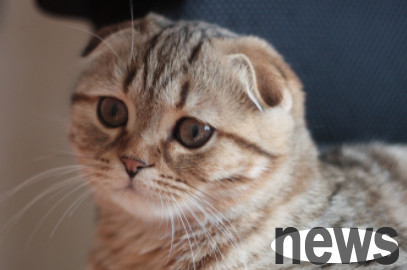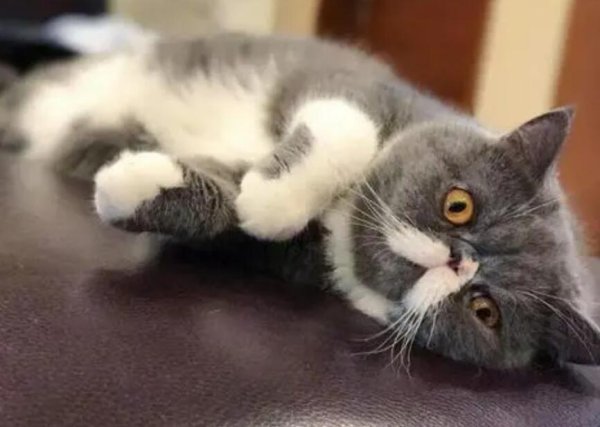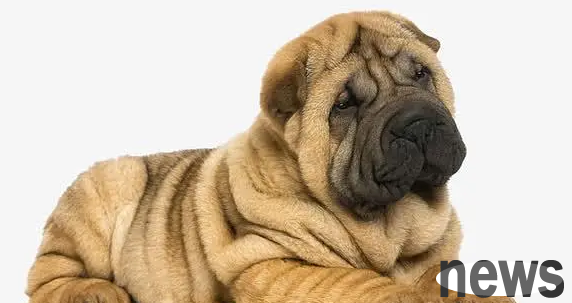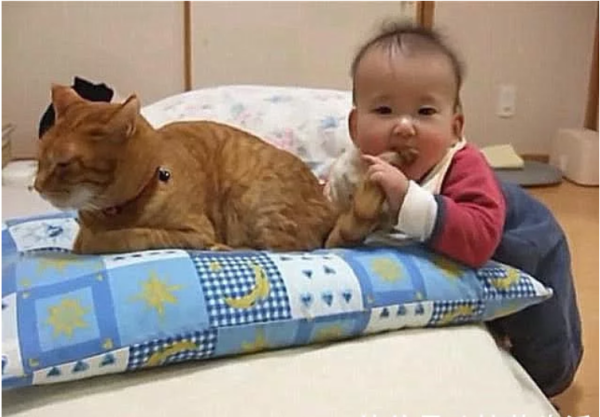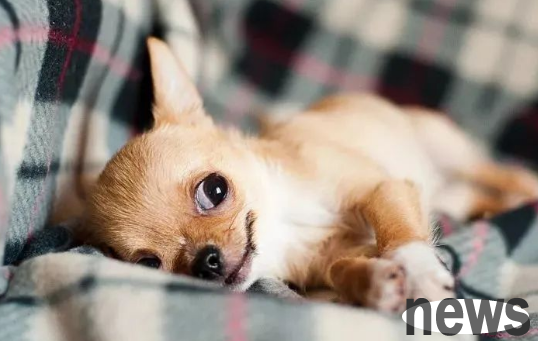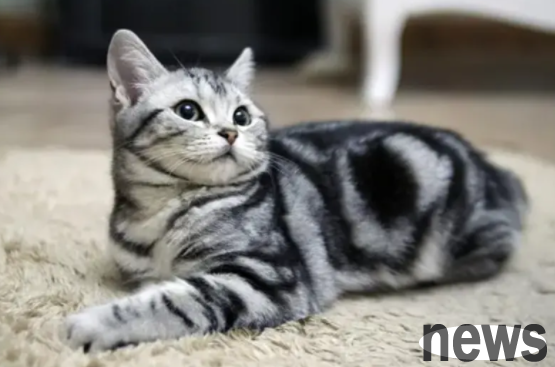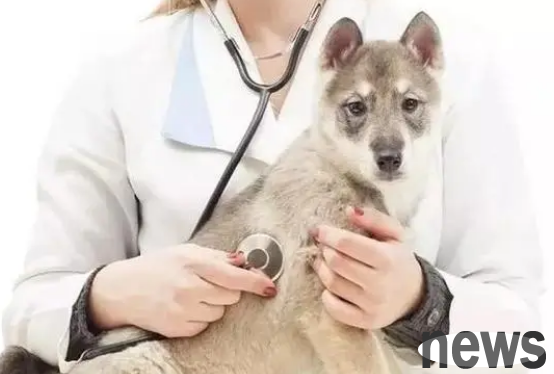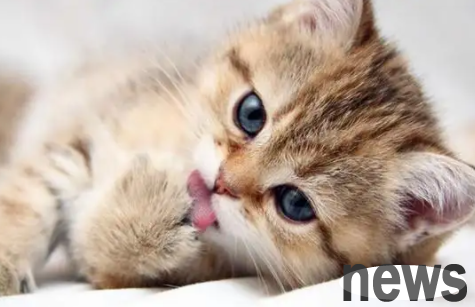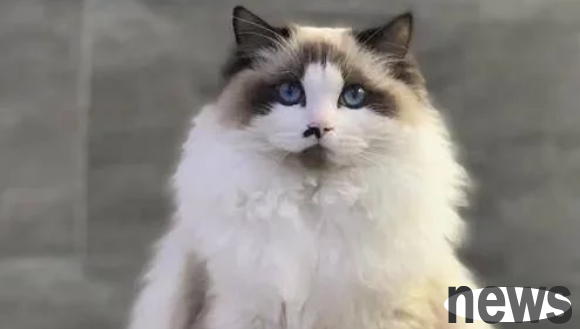Can cats get cat nose braces cure? Treatment and prevention of cat nasal brachia!
Can cats get cat nose braces cure? Treatment and prevention of cat nasal brachia! Cat nasal brachiitis is also called viral rhinotracheitis. Because it is contagious, it is also called cat infectious nasal bronchitis. It has typical symptoms of respiratory diseases. It has a high infection rate for kittens and a high mortality rate. Especially when a kitten is infected in a cat farm, it will cause the entire cat farm to be poisoned. Customers who come to buy the cat will buy the poisoned cat and further spread the virus outside, so domestic cats will also be infected with this virus. Therefore, the prevention and control of cat nose braces is particularly important.

FHV-1 is widely distributed in the world. The disease is mainly caused by contact infection. The virus is discharged through the nose, eye, and oral secretions. Sick and healthy cats are directly in contact with the nose and inhaling droplets containing the virus through the respiratory tract infection. In still air, droplet propagation can occur within 1 meter. Naturally recovered cats can carry and detoxify for a long time, becoming a dangerous source of infection. Cats in the early stage of the disease can detoxify through large amounts of secretions for 14 days.
1. Symptoms
The main parts of the virus grow and invade include the nose, sinuses, eyes, palate, tongue, throat, tonsils and upper trachea. Cats will experience severe sneezing symptoms one to three days after being infected, and then gradually become unstimulated, have fever, have severe appetite and even do not eat. The nose is flowing at the beginning, like when a person catches a cold, and then the nose becomes thicker and thicker like a snot; tears, the conjunctiva of the eye (i.e., the whites of the eye) become red and swollen, and the eyes cannot be opened. Some cats will also experience corneal ulcers; some cats will drool and have ulcers in their mouths; as the disease develops, symptoms of cough or even pneumonia will appear. These symptoms can usually last for 7 to 14 days. The severity of the symptoms is usually related to the number of viruses infected with cats. The more the number, the more obvious and serious the symptoms will be. In addition, it is related to the following factors: the younger or older cats are, the more vulnerable to the virus, and the more serious the condition will be; the better nutrition and the better the resistance, and the stronger the ability to fight the virus; stress, cats in a stressed state will have a lower resistance, so the sick cats should be given a quiet and comfortable environment; other diseases should be caused by the cats, and the resistance to the virus will be relatively weak when they suffer from other diseases, so the symptoms will be more serious.
2. Diagnosis
Anatomy: The nasal cavity is filled with purulent secretions, and the nasal mucosa is congested and edema. There are purulent secretions in the throat, the tracheal mucosa is mildly congested, and there are a large amount of purulent secretions on the surface. The lungs change from pink to red, and there are varying degrees of congestion and necrosis in the left and right lungs, and there are a small amount of bleeding. The liver is black and purple, with a small number of bleeding spots and a necrotic point the size of a needle tip. Spleen bleeding. The kidneys are mildly edema and the bladder is filled with pale yellow urine. ?
Laboratory diagnosis: Viral rhintracheitis was suspected to be through the symptoms, and then the venous blood and eye and nasal secretions of the sick cat were collected for PCR test. The result was that the rhintracheitis virus showed a strong positive reaction.
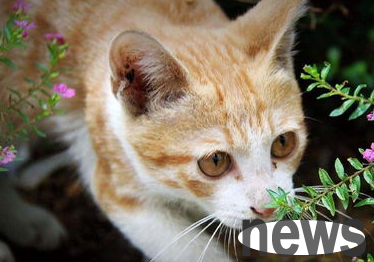
III. Treatment of this disease with
The systemic symptoms of kittens are relatively serious, generally manifested as severe dehydration, fever, indifference, conjunctivitis and rhintracheitis. The treatment principle is to control secondary infections and infusion support therapy is extremely important. Not only should you replenish enough water and ions, but you should also replenish energy and nutrition. In addition, there is a type of arginine called "Mao'an" that can well hinder the replication of the virus and have certain therapeutic effects in the early stages of the disease. The course of the kittens is long after they get sick and usually takes about 1 month to recover. For the treatment of conjunctivitis, if there is no ulcer in the corneal, the effect of using hormone-containing antibiotic eye drops will be obvious. In cases of severe conjunctival edema, hyperosmotic glucose water can be dropped into the eye to reduce swelling. Even after the symptoms have basically improved, you must continue to take the medication for about 2 weeks, otherwise the condition will easily worsen.
1. Symptomatic treatment
① Use blood vessel-reducing drugs to drop noses, such as 0.25% epinephrine hydrochloride, to reduce the amount of serous mucus secretion in the nasal cavity, but it is not suitable for sick cats with mucus purulent secretions.
② Corneal ulcers caused by nasal branches can be treated with antiviral eye drops, such as trifluorouridine or aprovir eye drops, and alternately used antibiotic eye drops.
③ For sick cats with oral damage and long course of disease, vitamin A can be injected orally or intramuscularly. Broad-spectrum antibiotics are used to prevent secondary infections. Ankapenicillin is the first choice, intramuscular or oral.
2. Traditional Chinese medicine therapy
If the cat is a diseased cat with omissions in epidemic prevention, traditional Chinese medicine can also be used for treatment. ?
Prescription: 20g Codonopsis pilosula, 20g Yellow Saccharomyceae, 15g Schisandra chinensis, 20g Scutellaria baicalensis, 20g Gardenia, Bupleurum g, Honeysuckle 15g, Forsythia 25g, Wind-proof, 15g Cherry seeds, 10g Licorice, decoct twice in water, decocts for 25min each time, decocts for 200ml twice in combination, decocts for about 300ml, each cat is taken 5ml every day, twice a day.
4. Prevention and treatment
The focus should be on prevention. Since many adult cats carry specific antibodies, kittens can obtain immunity through colostrum at 3 to 8 weeks. Therefore, feline viral rhinotracheitis can be prevented by injection of cat triple vaccine, which is also the safest and most effective prevention method for this disease. In addition, cats should have a good ventilation environment in their lives. If the place is not big enough, try not to raise too many cats. When a suspected disease is found, it should be isolated and disinfected in time to prevent contact transmission. Cats should also be fed nutritious food to enhance their ability to resist the virus.


